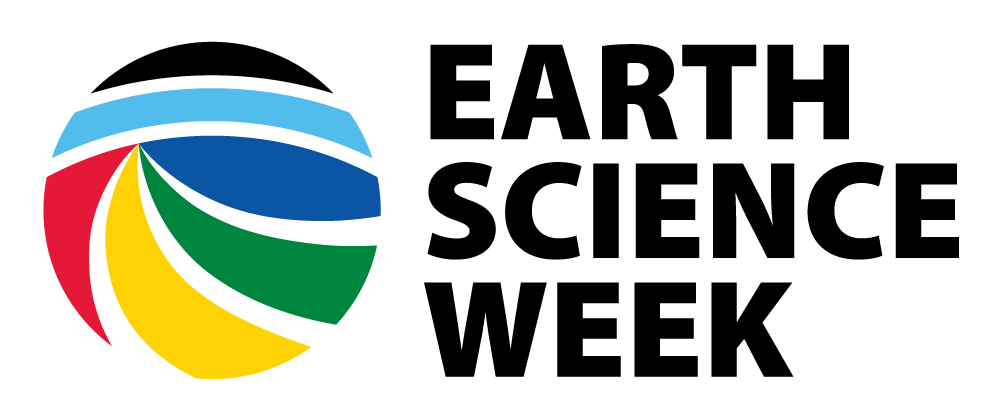Cracked Plates & Tectonics Activity Source: Adapted with permission by Esri.
In this activity, you’ll investigate dynamics in Earth’s crust that explain multiple Earth science phenomena. For the full activity, go to http://esriurl.com/ESW2016.
Materials A computer/projector with internet connection Take these “tech tips.”
Measure: At the top of the map, click the Measure button. Hover and click the Distance button. Click continuously along what you want to measure. Double-click to finish.
[Read More]
Critical Zone
Critical Zone Activity Source: Critical Zone Observatories
The Critical Zone (CZ) is defined as the zone at Earth’s land surface extending from the top of the vegetation canopy through soil to subsurface depths at which fresh groundwater freely circulates. This is the zone where most terrestrial life — including humanity — resides.
The U.S. Critical Zone Observatories (CZOs) provide important platforms for studying processes occurring in this zone. The CZOs aim to advance interdisciplinary studies of Earth surface processes, partly to recognize and predict variations in processes resulting from humans’ land use and climate change.
[Read More]
Cupcake Core Sampling
Cupcake Core Sampling Activity Source: Adapted from Women in Mining Education Foundation Activities
This activity is ideal for a small group of students, a youth group, or a parent-child activity.
Purpose Trying to “see” what is beneath the surface of the Earth is one of the jobs of a geologist. Rather than digging up vast tracts of land to expose an oil field or to find some coal-bearing strata, core samples can be taken and analyzed to determine the likely composition of the Earth’s interior.
[Read More]
Density of Minerals
Density of Minerals Activity Source: Adapted with permission by Minerals Education Coalition; Society for Mining, Metallurgy, and Exploration. Density is an intrinsic physical property of minerals that relates to the composition of the mineral and to the pattern in which the mineral’s atoms are arranged. “Intrinsic” means that the property is the same for the mineral, no matter what the size or shape of the sample.
In this activity, students will measure and compare the densities of minerals.
[Read More]
Determining Mineral Reserves
Determining Mineral Reserves Activity Source: Minerals Education Coalition.
This activity was adapted with permission from theOhio Mining & Mineral Education Program (OMMEP) of the Ohio Aggregates & Industrial Minerals Association (OAIMA) in partnership with Wright State University.
Common things we use every day, like roads, sidewalks, schools, hospitals and homes ─ to name just a few ─ are made up of rocks and minerals. As a resource, they are called mineral reserves and include materials like sand, gravel, limestone, granite, and other aggregate and construction materials.
[Read More]
Drill Site Dilemma
Drill Site Dilemma Activity Source: Consortium for Ocean Leadership. Adapted with permission.
For teacher: The Integrated Ocean Drilling Program (IODP) is an international research program that explores the history and structure of Earth as recorded in seafloor sediments and rocks. It seeks to expand the reach of several previous programs by a collaborative union between the United States, Japan, and the European Union.
The JOIDES Resolution is the research vessel that is operated by the United States.
[Read More]
EarthCaching
EarthCaching Activity Source: Geological Society of America. Adapted with permission.
EarthCaching is an exciting educational activity through which you can learn about Earth and the natural processes that shape our planet over time. By combining GPS technology with outdoor field experiences, EarthCaching allows students and others to experience the wonders of Earth in an entirely new and entertaining way.
Information about EarthCaching for educators can be found in a free Educator’s Guide that includes lessons and correlations to the National Science Education Standards and National Geography Education Standards.
[Read More]
Earthquake Machine
Earthquake Machine Activity Source: Incorporated Research Institutions in Seismology, 2005. Adapted with permission.
Materials: 1 - One foot piece of 2x4 scrap wood 1 - 4"x36" Sanding Belt, 50 Grit 1 - 1/3 Sheet of Sandpaper, 60 Grit 2 - Screw Eye 12x1-3/16 1 - Bag of Rubber bands, varying size 16 in of Duct Tape 2 - Cloth measuring tapes with both English and metric markings 1 - Manila Folder Saw Needle Nose Pliers Scissors Glue (White or Contact Cement) Pencil Procedure: Using the tape measure and pencil, divide the one-foot length of 2" x 4" into two 4" blocks.
[Read More]
Earthquake on the Playground
Earthquake on the Playground Activity Source: Adapted with permission from L.W. Braile and S.J. Braile and the Incorporated Research Institutions for Seismology (IRIS).
Push away from those paper seismograms and get outside to make your own earthquake waves! You’re going to learn about earthquake location kinesthetically. In the activity below, you will model how earthquake waves travel through the Earth at different speeds. You also will construct and utilize a graph to characterize the relationship between distance and time of travel of seismic waves (a travel-time curve).
[Read More]
Exploring 'Wild' Places with GIS
Exploring ‘Wild’ Places with GIS ESRI
Activity Source: ESRI, 2008. Adapted with permission.
Does your neighborhood have “wild” places? What’s “wild”? What’s the personality of the environment between home and school? What’s there? How do you relate to it? How does your perspective of local geography change between being on the ground and exploring from above?
Regardless of where you live, engaging with the landscape means exploring spatial relationships between human and natural phenomena.
[Read More]
